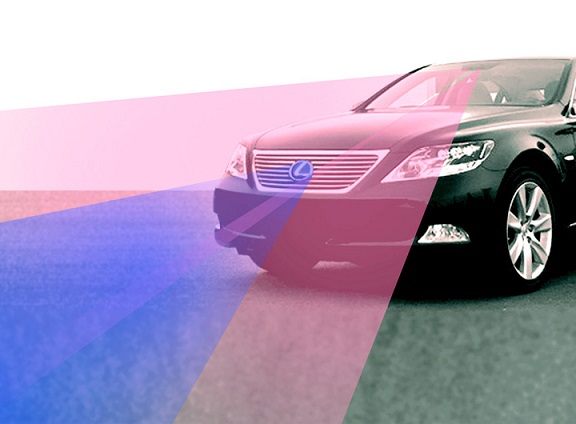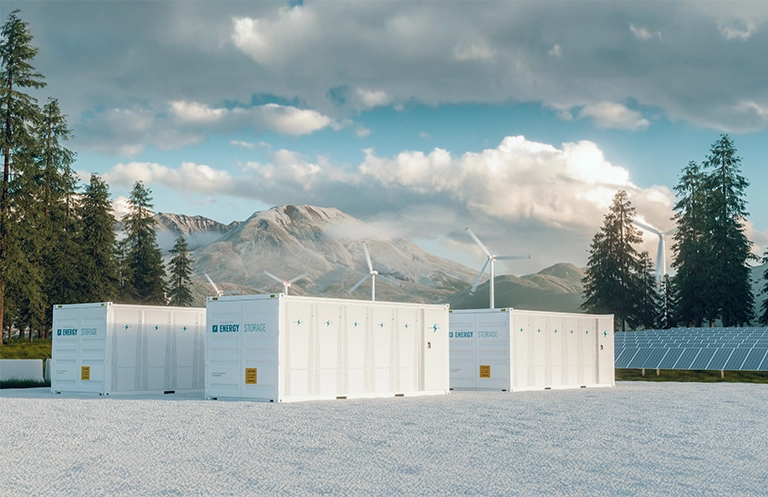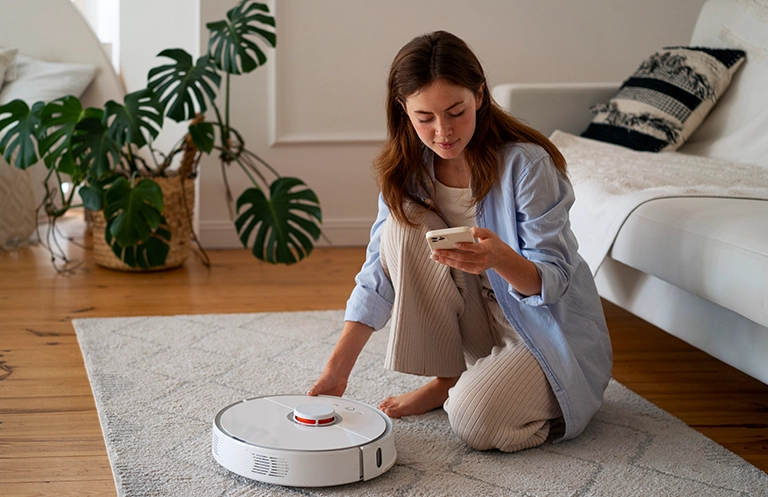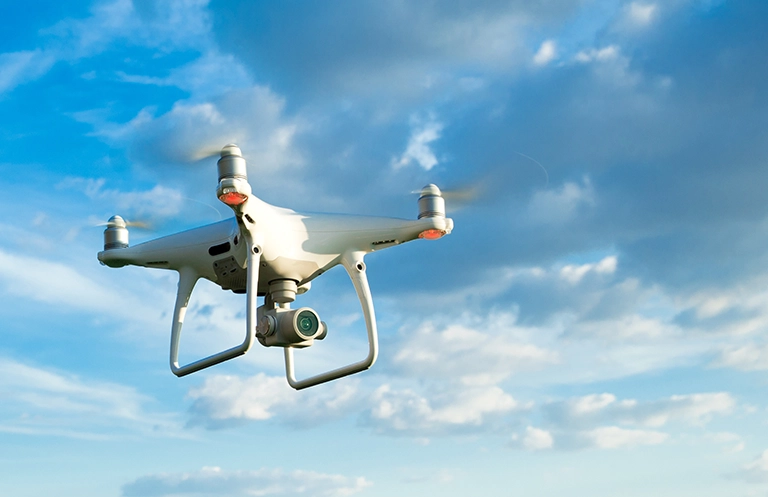Advanced Driver Assistance System (ADAS) market is predicted to reach $50 billion in 2020 with a growth rate of 19.2% year over year. ADAS signifies accident-free driving vision. To implement this vision, government around the globe are implementing safety regulations. Also since consumers are becoming increasingly conscious of the greater safety that ADAS provides, large scale commercial acceptance is going to drive market demand for these systems. Adaptive Cruise Control, Emergency Brake Assist, Lane Departure Warning, Blind Spot Detection, Night Vision System, Forward Collision Warning, Park Assist System are some of the many ADAS systems in the market. All these systems require environmental data as an input to operate.
ADAS systems use various sensors to collect physical data about the vehicle and its environments. After gathering data, ADAS systems use object classification & detection, recognition and tracking processing techniques to evaluate safety risks & threats. Data such as nearby vehicles, lane markings, road signs, obstacles in roads, etc. is captured by various environment sensors like RADAR, LIDAR, Infrared, Camera. Detailed study and modelling of these sensors is required to increase their applicability in wide range of vehicles and applications.
Enabling applicability of sensors in different car platforms
Autonomous driving will become a reality through high-performance accurate sensors and a reliable, accurate model of the vehicle surroundings. Camera, radar sensor and infrared sensor enable realization of functions like Adaptive Cruise Control & Emergency Brake assist. Additional functionalities like Lane Keep Assist, Traffic Sign Recognition, Pedestrian Detection, etc. are also possible with inputs from above sensors. For example, a camera based sensor can exploit image information to identify, classify objects & obstacles and provide inputs to safety controls. A detailed study and modeling of sensor data are done through validation of test equipment, test setup and execution, data management and evaluation. This enables creation of virtual model of environment wherein different environmental inputs can be simulated to understand behaviour of sensor and the ADAS system. This model data is useful for feasibility studies of Adaptive Cruise Control, Emergency Brake assist, and other systems across different car models & applications. Some of the activities performed during studies of a sensor are as below:
- Sensor benchmarking & application feasibility study
- Specification development for sensor systems
- Use case definitions, Simulation and Evaluation
- Development and implementation of video analytics algorithms
- Prototype design, Testing & Integration
- Application & adaptation of ADAS sensors for various applications
- Integration of sensor into vehicles and system set-up
- Manufacturing and support

Image Courtesy : wikipedia.org
Benefits of Study & Modeling of Sensor
In summary, ADAS Systems require different sensors to collect environmental information, eg. Lane Departure Warning System & Emergency Brake Assist requires CMOS based camera sensors while Adaptive cruise control requires RADAR or advanced camera sensors. Study & modeling of these sensors is performed for the three different stages of data processing. First stage is data capture, second stage is pre-processing and third stage is post-processing. During pre-processing stage, various functions are applied to the full image captured – functions like classification of the image, stabilization, feature and signal enhancements, noise reduction, colour conversion and motion analysis. During post-processing stage, various features like tracking, image environment interpretation, system control, analysis and decision making are performed. Thus after studying the above three stages for various environmental conditions, sensors can be tuned to various environmental conditions & various makes of cars. Benefits achieved from studying and adapting sensors are:
- Product customizations and integration support to adapt the products to different makes and models of cars.
- Ability to fuse data from the camera sensor.
- Ability to perform more scan cycles per second.
- Ability to perform well in different environment conditions such as rain, fog and snow.
- Ability to generate signals that can integrate with drivers of different makes and models of the cars.
- Ability to generate wide range of signals for Autonomous Cruise Control sub-systems from different manufacturers.
- Ability to generate wide range of signals for Emergency Braking Assistance sub-systems from different manufacturers













